High-Frequency Trading vs. Algorithmic Trading: Key Differences, Strategies & Market Impact
By CapitalKeeper | Beginner’s Guide | Indian Sock Market | Market Moves That Matter I
High-Frequency Trading vs. Algorithmic Trading: What Sets Them Apart?
In today’s fast-evolving markets, technology is no longer a luxury it’s a core driver of efficiency and edge. Terms like High-Frequency Trading (HFT) and Algorithmic Trading (Algo Trading) are often used interchangeably, but they represent different layers of automated trading strategies with distinct infrastructure, speed, and market intent.
This blog breaks down the fundamental differences, use cases, risks, and market implications of both.
📘 What Is Algorithmic Trading?
Definition:
Algorithmic trading refers to the use of mathematical models and pre-programmed instructions (algorithms) to execute trades based on defined parameters such as price, volume, timing, or other market signals.
Key Characteristics:
- Can be low, medium, or high-frequency in nature
- Used by institutional investors, asset managers, and brokers
- Focuses on automated execution, not necessarily speed
Examples:
- VWAP (Volume Weighted Average Price) strategies
- TWAP (Time Weighted Average Price) strategies
- Arbitrage models between cash and futures
- Momentum-based execution strategies
⚡ What Is High-Frequency Trading (HFT)?
Definition:
HFT is a subset of algorithmic trading characterized by ultra-fast trade execution, low-latency networks, and massive order volumes, often executed in microseconds or nanoseconds.
Key Characteristics:
- Speed is the main advantage
- Relies heavily on co-location with exchanges and low-latency data feeds
- Often executes thousands of orders per second
- Positions are held for seconds or milliseconds
Common HFT Strategies:
- Market making
- Statistical arbitrage
- Latency arbitrage
- Liquidity detection and response algorithms
🔍 Key Differences Between Algo Trading and HFT
| Feature | Algorithmic Trading | High-Frequency Trading |
|---|---|---|
| Speed Priority | Medium to High | Ultra-high (microseconds) |
| Infrastructure | Standard servers, APIs | Co-location, FPGA, ultra-low latency |
| Holding Period | Minutes to weeks | Milliseconds to seconds |
| Volume | Moderate | Very high, frequent |
| Objective | Efficient execution, cost reduction | Exploit micro-price inefficiencies |
| Market Impact | Minimal to moderate | Can influence microstructure |
| Participants | Brokers, AMCs, retail APIs | Proprietary firms, hedge funds, quants |
Who Uses What?
| Algo Trading Users | Mutual Funds, Institutional Desks, Retail Algo APIs |
|---|---|
| HFT Users | Proprietary Quant Funds, Global Hedge Funds, Tech Firms |
🏦 Market Impact & Regulatory Perspective
✅ Benefits:
- Increases market liquidity and reduces spreads
- Improves execution for institutional orders
- Automates complex strategies and reduces human error
⚠️ Concerns:
- HFT may contribute to flash crashes
- High order-to-trade ratios can cause quote stuffing
- Regulators worldwide (SEBI, SEC, ESMA) now monitor latency advantage, co-location access, and unfair market practices
📊 Real Market Example: India
- SEBI mandates fair access to co-location and is developing a regulatory sandbox to test newer algorithms.
- Retail algo platforms like AlgoBulls, Quantiply, and Sensibull offer API access for strategy deployment.
- HFT is dominated by proprietary desks at institutions like Tower Research, Jump Trading, and Edelweiss Quant.
📌 Summary Table
| Concept | Algorithmic Trading | High-Frequency Trading |
|---|---|---|
| Speed | Seconds to minutes | Microseconds |
| Users | AMCs, Retail, Brokers | Quant firms, Prop Desks |
| Focus | Strategy-based execution | Speed-based micro arbitrage |
| Risk | Strategy failure, model lag | Infrastructure failure, regulatory pushback |
🔄 Algorithmic Trading: Real-Time Examples
1. VWAP Execution by a Mutual Fund
- Scenario: A large-cap mutual fund wants to buy 5 lakh shares of Infosys without impacting the price.
- Algo Strategy Used: VWAP (Volume Weighted Average Price)
- Execution:
- Algo slices the order across the day based on average traded volume.
- Avoids placing large chunks in illiquid hours.
- Goal: Lower market impact, maintain stealth.
2. Pair Trading in Cash & Futures
- Scenario: An algo detects that Reliance Cash and Futures prices have diverged.
- Algo Strategy Used: Arbitrage (mean reversion)
- Execution:
- Buy Reliance in Cash market @ ₹2,952
- Short Reliance Futures @ ₹2,965
- Exit when spread closes to < ₹5
- Goal: Risk-free profit from price convergence.
3. Breakout Algo in Nifty
- Scenario: A swing trader deploys a momentum algo that monitors Nifty 50.
- Signal Triggered: Break above 20-day high at 24,950.
- Execution:
- Market Buy order with SL and trailing stop
- Targets 1.5x ATR range
- Goal: Ride short-term trend efficiently.
⚡ High-Frequency Trading: Real-Time Examples
1. Market Making on Bank Nifty Options
- Scenario: HFT firm places simultaneous bid and ask quotes on weekly Bank Nifty options.
- Execution:
- Bid @ ₹112, Ask @ ₹113 on 46500 CE
- Quote refreshes every 10–30 milliseconds
- Goal: Capture bid-ask spread repeatedly
2. Latency Arbitrage in NSE-BSE Price Mismatch
- Scenario: HFT detects that TCS trades ₹1 higher on BSE than NSE for 80 ms.
- Execution:
- Sell on BSE @ ₹3,920
- Buy on NSE @ ₹3,919
- Cover both instantly once price realigns
- Goal: Exploit microsecond-level price inefficiencies
3. News-Based Micro Scalping
- Scenario: HFT system reads economic headline: “RBI Cuts Repo by 25 bps”.
- Execution:
- Buys Bank Nifty Futures instantly before broader market reacts
- Exits with 15–20 points gain in under 2 seconds
- Goal: Be first to act on public information
Key Difference in Real-Time Behavior
| Parameter | Algo Trading | High-Frequency Trading |
|---|---|---|
| Reaction Speed | Seconds to minutes | Microseconds |
| Strategy Horizon | Intraday to swing | Millisecond bursts |
| Use Case | Smart execution or trend riding | Exploiting ultra-short arbitrage |
Final Word
While both algorithmic and high-frequency trading rely on automation and smart programming, the speed, scale, and strategic intent significantly differentiate them.
| Use Algo Trading | If you’re an investor looking to execute smart, rule-based strategies over time |
| Use HFT | If you’re a proprietary desk or quant fund exploiting micro-opportunities with ultra-fast infra |
Conclusion:
Algo trading is the broader umbrella, while HFT is a specialized, high-speed technique within that. Both are shaping the future of capital markets, but understanding their differences is crucial for professionals, regulators, and tech investors alike.
📌 For more real-time updates, trade setups, and investment insights — follow us on [Telegram] and subscribe to our newsletter!

📌 Disclaimer
The content provided on CapitalKeeper.in is for informational and educational purposes only and does not constitute investment, trading, or financial advice. While we strive to present accurate and up-to-date market data and analysis, we make no warranties or representations regarding the completeness, reliability, or accuracy of the information.
Stock market investments are subject to market risks, and readers/investors are advised to conduct their own due diligence or consult a SEBI-registered financial advisor before making any investment decisions. CapitalKeeper and its authors are not liable for any loss or damage, direct or indirect, arising from the use of this information.
All views and opinions expressed are personal and do not reflect the official policy or position of any agency or organization. Past performance is not indicative of future results.
By using this website, you agree to the terms of this disclaimer.
CapitalKeeper | Turning Market Noise into Market Wisdom
🔗 Visit CapitalKeeper.in




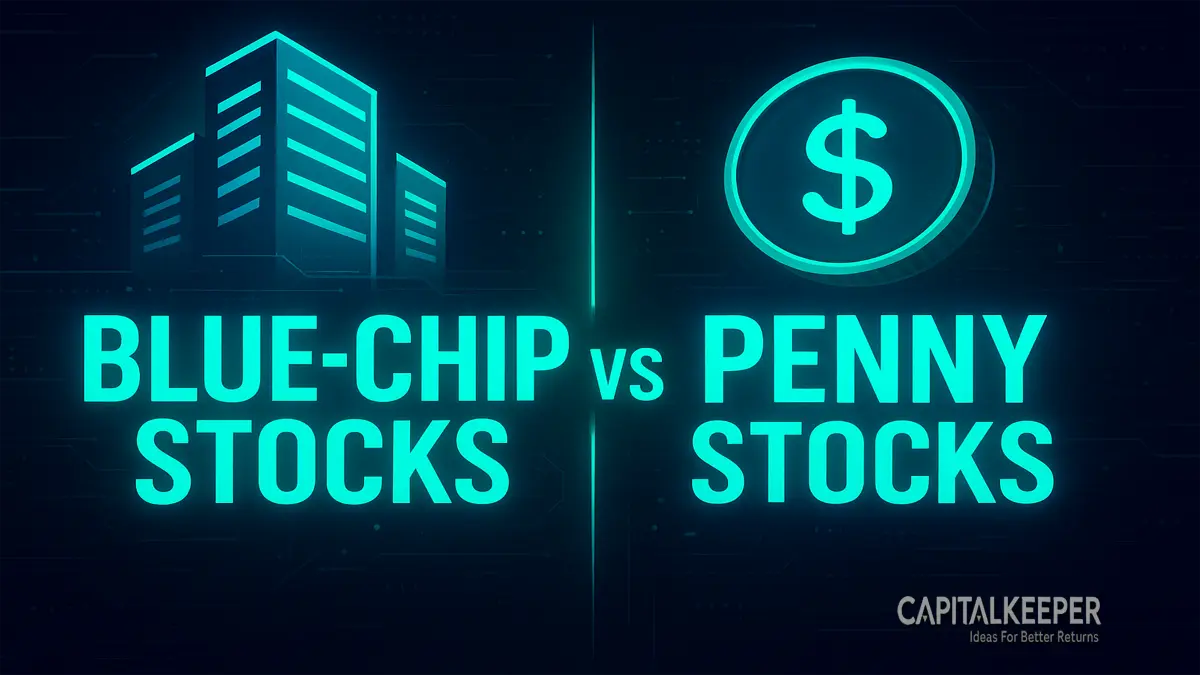


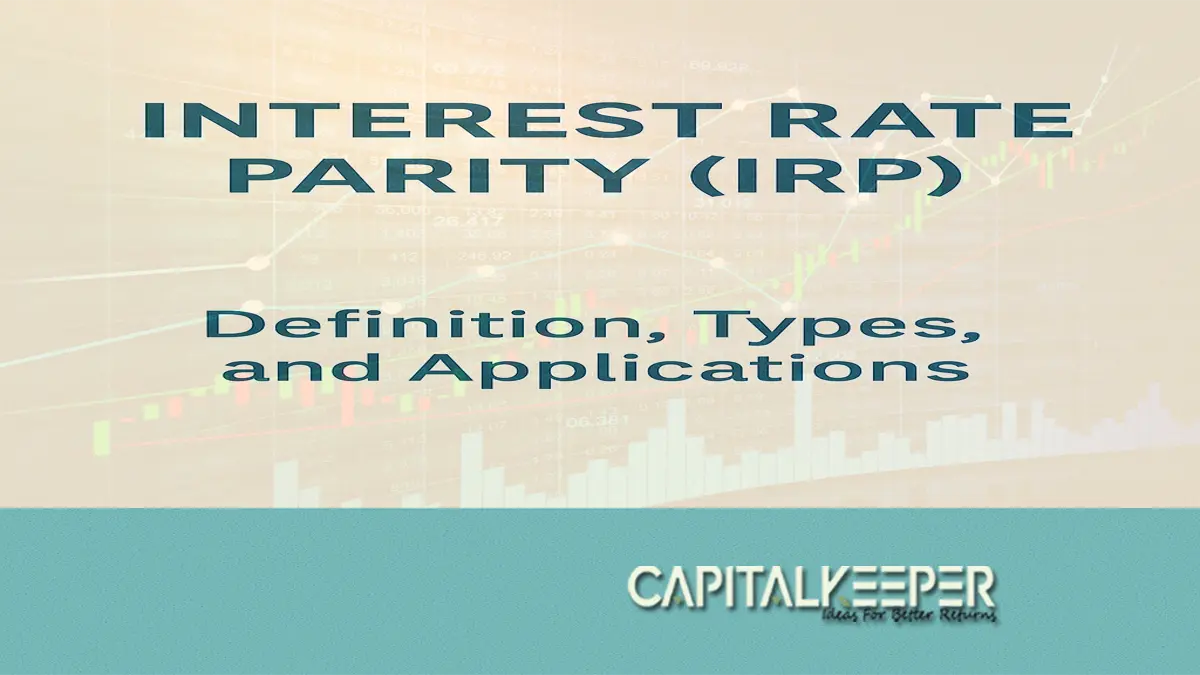
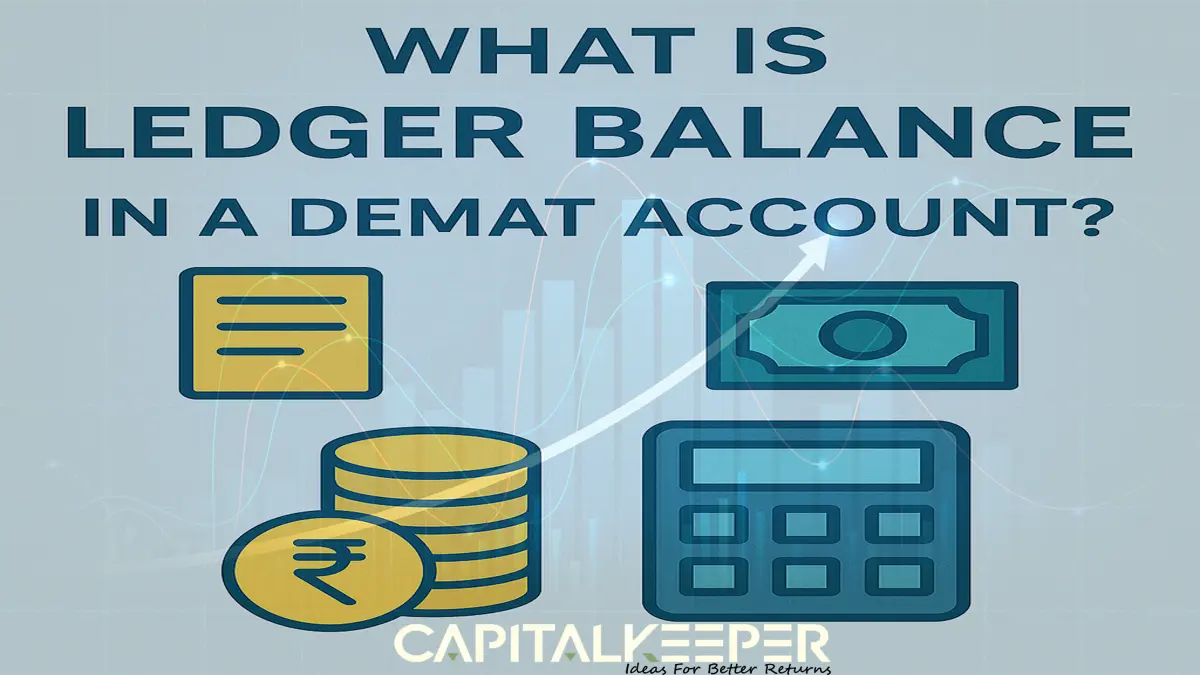

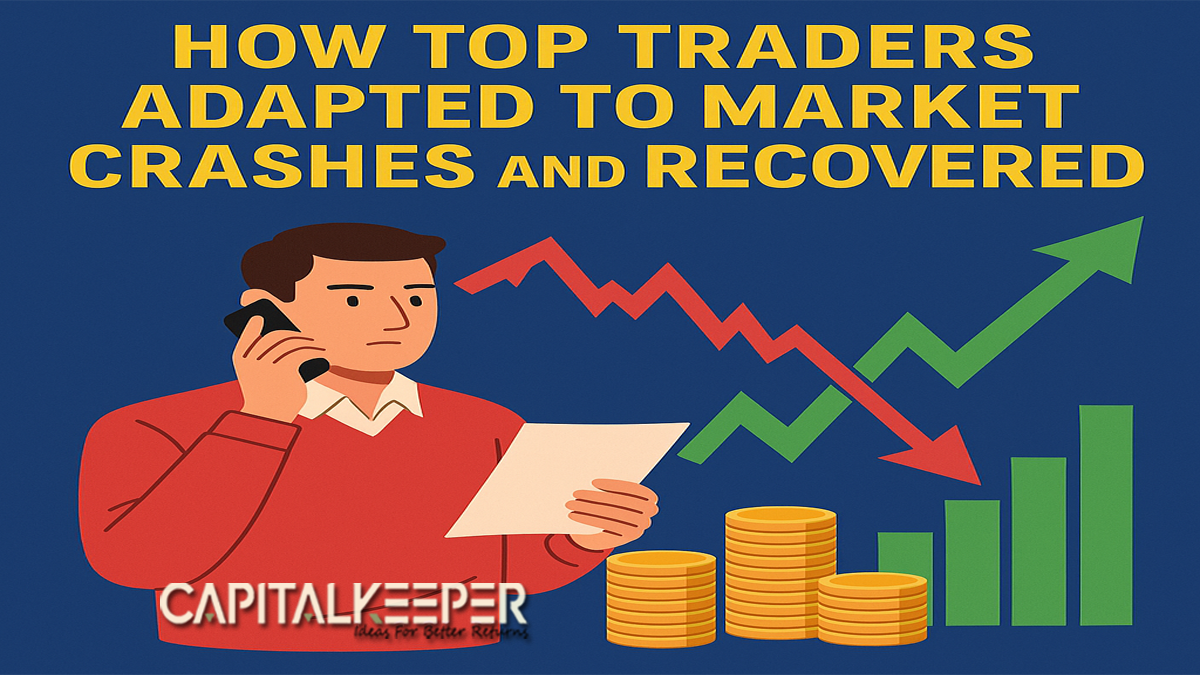

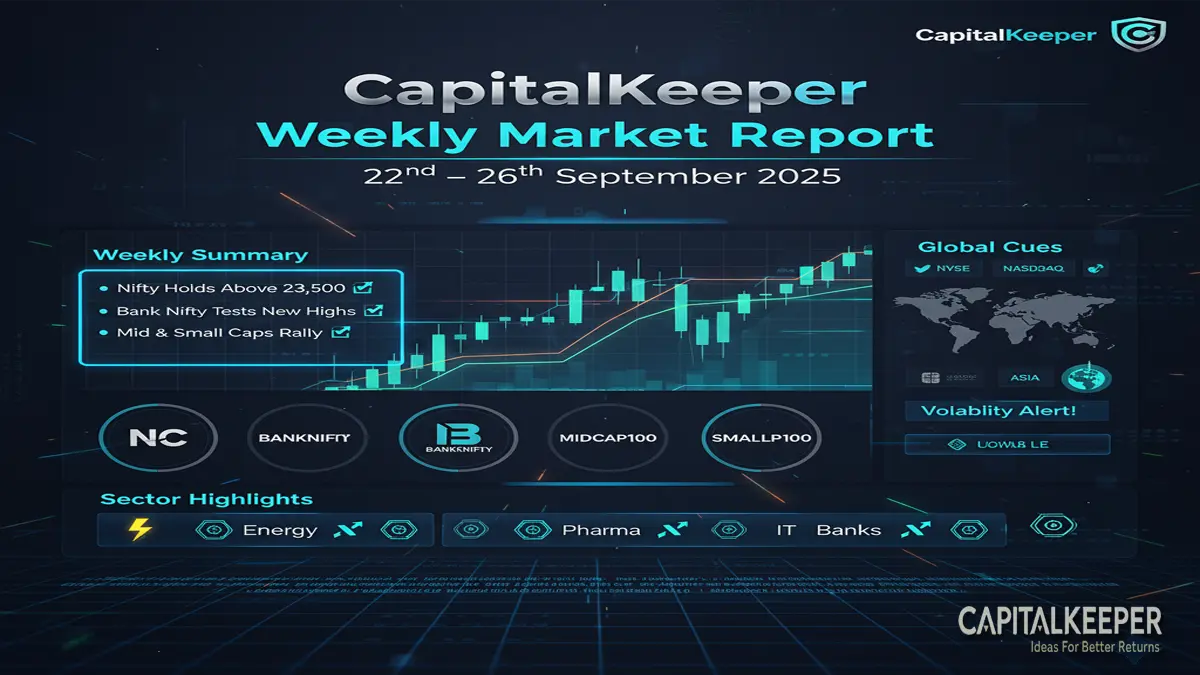
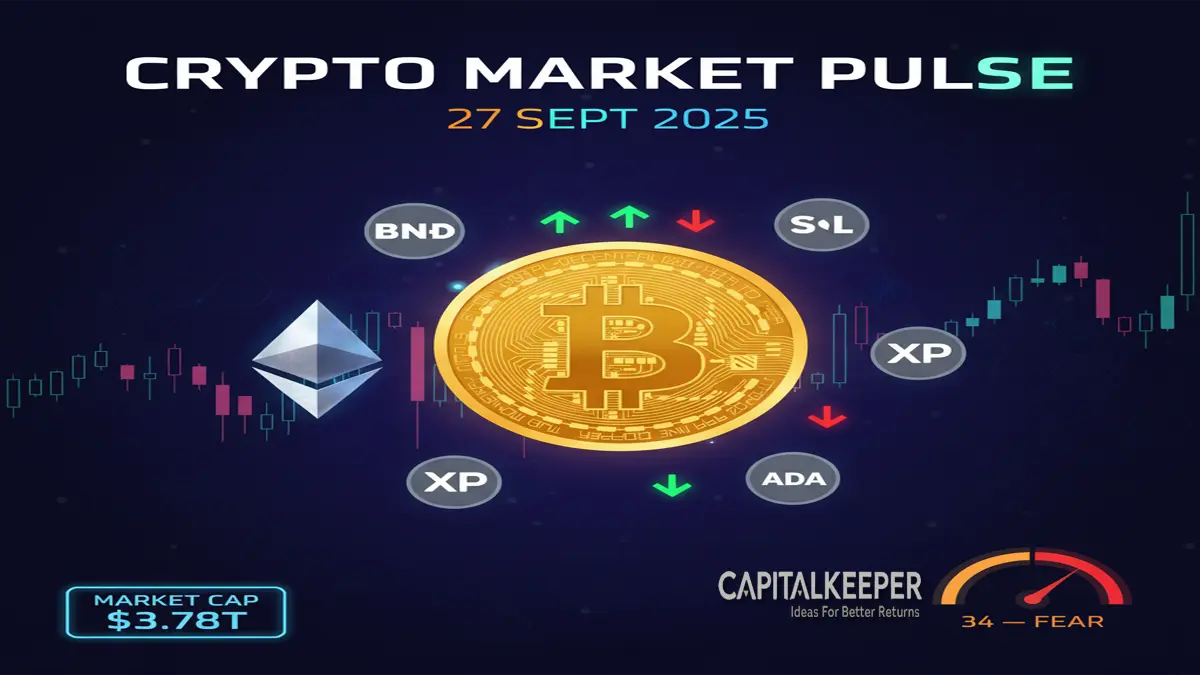
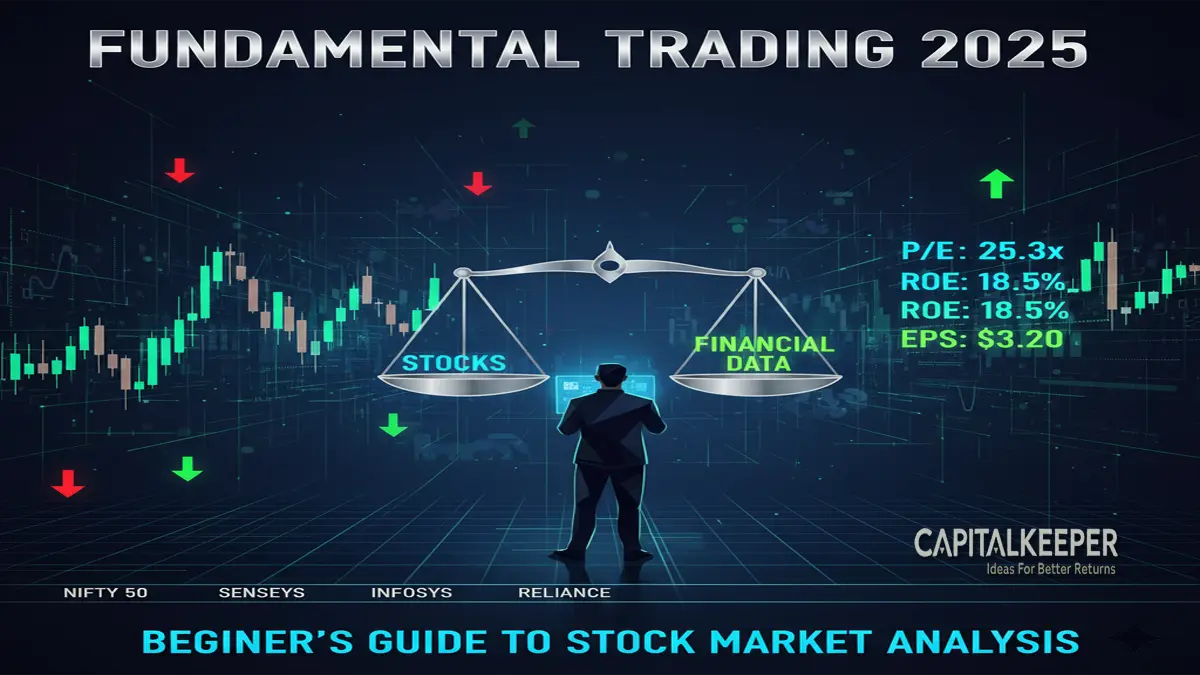

Leave a Reply